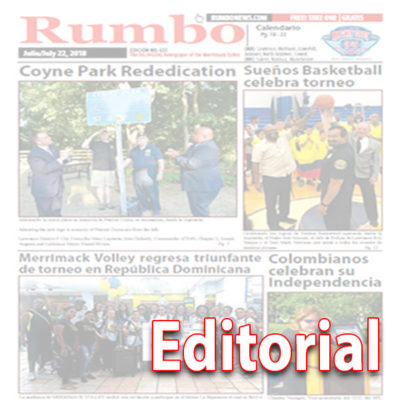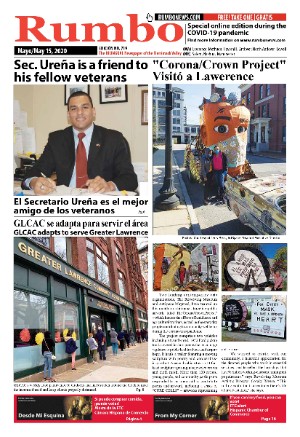
For many Americans, the Thanksgiving meal includes seasonal dishes such as roast turkey with stuffing, cranberry sauce, mashed potatoes and pumpkin pie. The holiday feast dates back to November 1621, when the newly arrived Pilgrims and the Wampanoag Indians gathered at Plymouth for an autumn harvest celebration, an event regarded as America’s “First Thanksgiving.” But, was that really on the menu at the famous banquet?
While no records exist of the exact bill of fare, the Pilgrim Chronicler Edward Winslow noted that turkey, deer and corn were plentiful, so we can assume that, they were probably the main menu.
On the other hand, some Florida historians have argued that this holiday was not really the first North American Thanksgiving Day.
The first communal act of religion and thanksgiving in the first permanent settlement on earth, says professor emeritus of history at the University of Florida Michael Gannon in his book The Cross in the Sand, tells us that the Spanish admiral Don Pedro Menéndez Avilés, when he arrived on land on September 8, 1565, with 800 new settlers, kissed a cross held by the captain of the fleet, Father Francisco López, and then claimed Florida for both his God and his country, while curious members of the Timucua indigenous tribe looked on.
They all gathered around a makeshift altar as Father Lopez performed a Catholic mass of Thanksgiving for their safe arrival in the newly christened settlement of St. Augustine. At the invitation of Menendez, the Timucuans then joined the newcomers in a communal meal.
According to the State Archives of Florida/Florida Memory, the menu for the meal shared by the Spaniards and Timucuans lacked most of today’s typical Thanksgiving dishes, but it did feature a traditional post-Thanksgiving staple—leftovers.
Unlike the Pilgrims, who served food freshly harvested from American soil, the Spanish were forced to make do with whatever provisions survived the long voyage across the Atlantic Ocean. According to Robyn Gioia, author of the children’s book “America’s REAL First Thanksgiving,” the European colonists likely ate hard biscuits and cocido—a rich garbanzo (chickpea) stew made with pork, garlic, saffron, cabbage and onion—washed down with red wine.
“The Timucua contribution was whatever was available to them locally and that could have included alligator, bear, wild turkey, venison, tortoise and food from the sea such as turtle, shark, mullet or sea catfish,” Gioia says. Archaeological research also shows the indigenous people ate large amounts of oysters and clams along with beans and squash.
Some historians argue that while America’s first Thanksgiving indeed took place in Florida, it actually occurred 40 miles further north and one year earlier than the one in St. Augustine when French Huguenots—Calvinists like the Pilgrims—held a service of thanksgiving and feasted with the Timucuans to celebrate the June 1564 establishment of Fort Caroline along the St. John’s River in present-day Jacksonville. “We sang a psalm of Thanksgiving unto God, beseeching him that it would please his Grace to continue his accustomed goodness toward us,” French explorer Rene Goulaine de Laudonnière wrote in his journal.
But it’s more. An historical marker erected by the Texas Society of the Daughters of the American Colonists outside Canyon, Texas, states that Father Juan de Padilla conducted a thanksgiving service there in May 1541 for an army of 1,500 accompanying Spanish conquistador Francisco Vasquez de Coronado. Virginia and Maine have also put themselves forward as hosts of the nation’s first Thanksgiving in the years before the arrival of the Mayflower.
Someday, the Merrimack Valley 2018 Thanksgiving will be part of the History of Thanksgiving, not a happy story, but a sad one.
Thanksgiving is a day where families get together, usually the youngest members gather at their roots, parents, great parents even at their great grandparent’s house.
Due to the September 13th gas explosions, some of these houses were uninhabitable; because it had exploded, burned down or just had no gas to cook a traditional meal or heat the house in the coldest Thanksgiving Day we remember.
Columbia Gas says service has been restored to about 4,450 of the nearly 7,500 gas meters that were shut off after the explosions. The September 13 blasts in Andover, Lawrence and North Andover destroyed or damaged more than 130 structures, injured dozens and left at least one person dead. Gas service isn’t expected to be fully restored until early December.
We said that before, yes, this year we had dinner for Thanksgiving in keeping the tradition not as a celebration, but for remembering and sharing the suffering that so many are going through.



